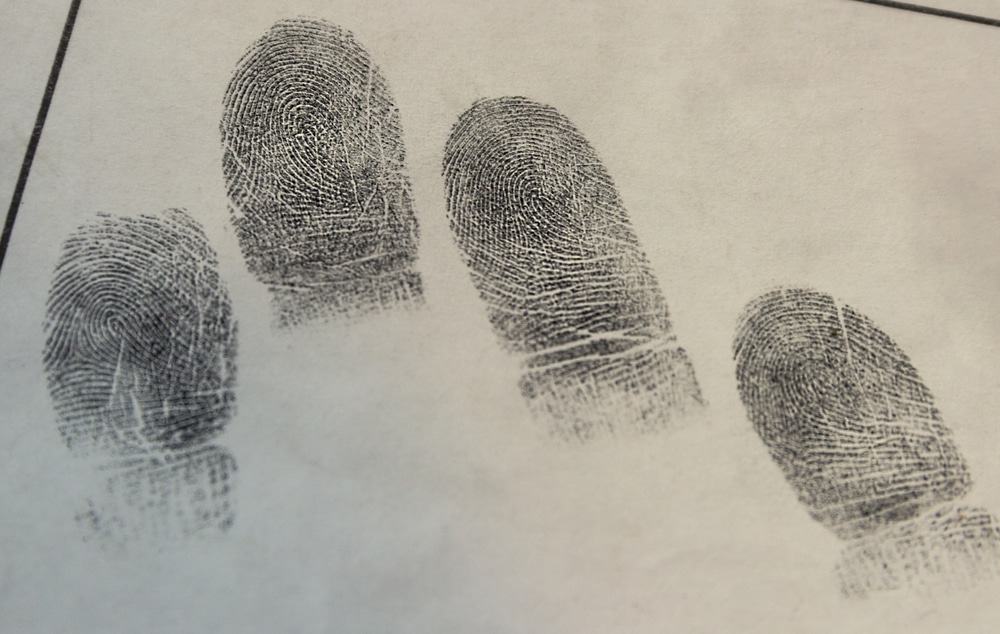In terms of crime fighting, certainly Italy owes a lot to America. Think of the FBI’s intuition to centralize data that related to individual states, think that some serial killers in certain eras were able to get away with it because they struck in different states that couldn’t put together the data about them. And then the history of profiling, of the Mind Hunter, and the figure of the human predator hunters, those who fought serial killers with new weapons, psychological but not only.
Think of all the language – or rather the language – of CSI, namely the crime scene; think of the evolution of forensic science and the ability to bring so-called scientific evidence to court. A striking example of this methodological mirroring occurred in Italy in the complex, very complex Yara Gambirasio story that later led to the final life sentence for Bossetti: an accusatory set-up based on evidence that in other times would have been very feeble, namely the DNA structure that matched that of the perpetrator found on the victim’s clothing.
To arrive at this solution in the investigation for the first time, so-called mass screening was used, i.e., the taking and testing of DNA from an entire population – of course, not that of New York, of a large metropolis, but in short, from towns close to the one where Yara lived in the Bergamo area. A story where thousands of people were involved. A very complex choice of method with discussions about privacy, with discussions about cost, with discussions about effectiveness.
Now so many years later, in what is considered the giallo of the Italian summer, namely the murder of Sharon Verzeni, the bartender stabbed in the street while out jogging at night in Terno d’Isola, also in the Bergamo area, the same solution is being used. And that is to do DNA screening of a whole series of people: in the end it turned out 40 ,who live in the street where the crime was carried out. Clearly there are other leads as well: the victim’s partner has been heard several times, the Scientology lead is being investigated, they are trying to figure out what was in Sharon’s cell phone, her last relationships, her last calls, but certainly for the first time since Yara they are resorting to this method of mass DNA.
Few discussions this time, perhaps because it is summer, but certainly now there is an expectation that this forcing, a little bit on what is the element of privacy of an entire population, will lead to some solution, some possibility of solving a murder mystery. As far as I am concerned any method that is not obviously unacceptable in its principles is welcome if it leads us to cover that space that we call truth and then it can become justice.
The article DNA for all comes from TheNewyorker.

